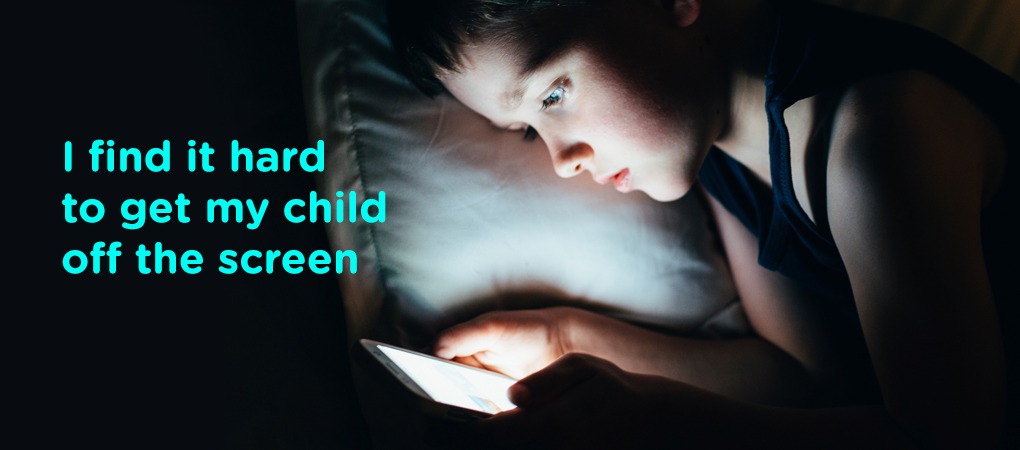Has the pandemic thrown your child’s screen time all over the place, when you thought you just had control on their screen time? It could be setting boundaries and limits to their screen time or juggling between your work and trying to control what your child is watching and how much they look at the screen. The pandemic has seen children getting bored easily, which makes the child pick up a gadget with or without permission and watch their favourite cartoon for as long as they can. As 90% of our brains develop before the age of five. Excessive screen time can result in poorer expressive language and language processing speed, like rapidly naming objects of your child
- , therefore, it is important to set screen time boundaries for your child at home. Excessive or poor quality screen time has links to physical, mental, psychosocial, and behavioral problems. Apart from the quality of social media, your child is exposed to, it is more important that the types of technology or the amount of time they spend on the screen should be monitored
- The American Academy of Pediatrics (AAP) and the World Health Organization(WHO) recommends no screen time besides video chatting with relatives for your child, under the age of 18 months. Toddler’s screen time has to be limited to less than an hour. Preschoolers can enjoy screen time up to 1 hour per day
What are screen time boundaries?
Apart from the child attending online classes, as parents, you should be able to set clear screen time boundaries with your child. Whether it is 20 minutes or for 45 minutes in a day, you must be vigilant to monitor your child’s screen time and the quality of screen time that your child is exposing themselves to. Once you have set screen time boundaries with your child, you must stick to it and follow it yourself. For example, no gadgets at the table while having a meal, this ideally applies to you as a parent as well, as children pick up on parent’s habits. Throughout the day, as a parent, you are in front of a screen working, as soon as you are done, you should be able to put your gadget aside and engage with your child. On the weekends, try to put all your gadgets aside and spend time with your child, unless you decide to watch one movie together.
Here are some tips to replace screen time and set boundaries:
- Media free meals: If your child is very young and needs something to get them to eat their meals, pick up a book and read to them while you’re feeding them. This builds on the child’s ability to listen. For older children conversations during mealtimes can help shape your child’s social-emotional health and as a parent, you can also understand what your child is learning and what and where their interests li e. As a parent working from home in front of your screen, this could help ease your work stress and reduce your screen time to an extent.
- Screen-free hours before bed: Setting screens aside for two hours before bedtime makes it easier for your child to fall asleep and wake up on time. Allow your child to have some free time after their meals, giving them the opportunity to play with the toys available to them. This builds on their imagination and creativity. One parent, if not two, should try and play with your child before he/she goes to bed so the child does not feel like they are not receiving your attention which will make them want to sit in front of the screen.
- Set a schedule for your child and you: Try and set a schedule for your child, which can include chores, home work (if not given by the school, you can pick up a work book appropriate to your child’s age). Ensure that the child engages, in creativity, explore their imagination and even use their cognitive abilities to solve mysteries. For example, the child can be encouraged to listen to audio books or podcasts or you can get your child a workbook or a book that has colouring, getting out of a maze, word games, board games etc. This helps you keep a check on what your child is doing and their areas of difficulty.
- What your child watches: The child should be encouraged to play or watch educational games (Kiddopia and PBS Kids). They can be encouraged to watch something related to what they are learning at school during their assigned screen time which can then result in your child gaining knowledge. If a child is learning something new, like to cook or some craft, encourage them to put what they have learnt to practice.
- The device they can get their screen time on: Children tend to use different devices such as television, computers, smartphones, and tablets to avail their screen time. Your child can use a computer, television or a tablet and must sit at a distance of 6 ft. As a parent you should prohibit your child from using phones as the screen is small and will require your child to squint.
Trying to manage your child’s screen time can be an ongoing challenge. However, developing house rules and revisiting them at different ages can help ensure that the child has a fun, yet safe experience.
Resources:
Here are some wonderful children’s books that acknowledge the topics of screen time with children:
Limit Your Dragon’s Screen Time: Help Your Dragon Break His Tech Addiction by Steve Herman
If You Give a Mouse An Iphone by Ann Droyd
Reference:
- Klass, M.D., P. (2019). Screen Use Tied to Children’s Brain Development.
- Dhakal, P., & Dhakal, S. (2020). Indulgence of Children and Adolescence in Digital Devices during Pandemic. Europasian Journal Of Medical Sciences, 2(2).
- AAP, WHO. Screen Time Guidelines by Age. 2020.
by Shonalli Ponnappa, Special Educator and Ashwini HJ, Psychologist














